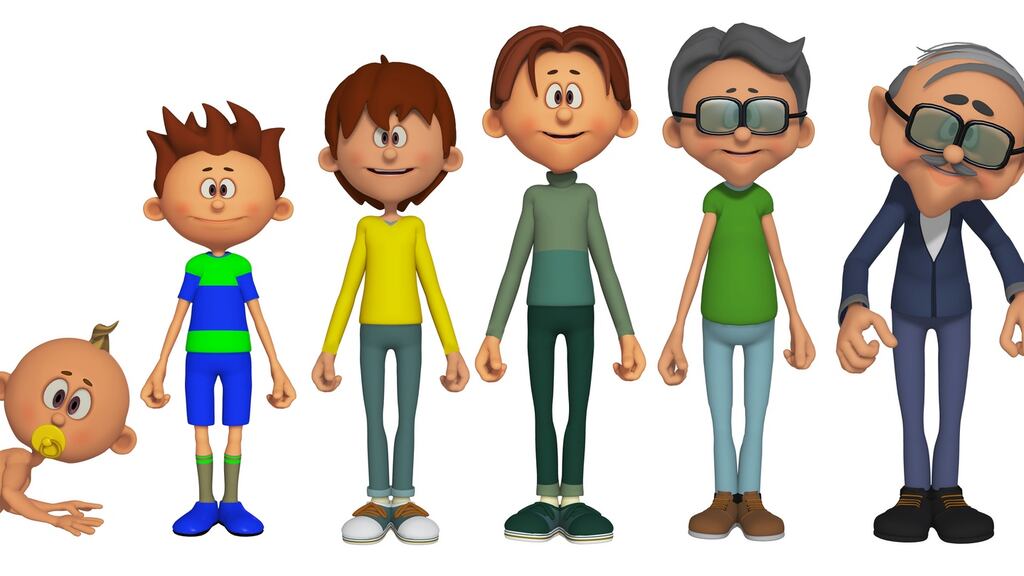The BBC reported recently that the age at which adolescence becomes adulthood had increased from 19 to 24 years. But, biologically, the end-point of adolescence hasn’t changed at all.
We have a sense, I think, that adolescence goes on for a long time now because of the lengthening out of education. With that assumption comes the further assumption that “young people nowadays” are having a free and easy, fun-filled time their parents didn’t enjoy.
It’s not as simple or as cheerful as that though.
If you take a purely biological approach of seeing adolescence as ending with the maturity of the brain, then things haven’t changed in that regard. By the maturity of the brain I mean the point at which the brain’s capacity to moderate the emotions is fully developed. That point generally arrives in the early to mid-20s and I am unaware of any major shift in the point in recent decades.
If the end of adolescence has stayed the same biologically, it has fallen at the other end, as we know. Back when Alice's Adventures in Wonderland was published (1865), girls tended to reach puberty about the age of 14. That might explain why, in the original illustrations, Alice looks facially older than we would expect today in a girl having adventures with white rabbits and mad hatters. She also looks shorter, as height has increased since then.
Today, puberty can come between 10 and 13 years of age. Opinions differ as to when adolescence begins, but 11 to 14 years is sometimes seen as early adolescence with full adolescence kicking in at that point.
I think, though, that the length of adolescence is very often a question of culture and not just of what’s going on inside us.
For instance, it wouldn’t have been unheard of for my classmates in the 1950s and 1960s to finish school at 14. A short time prior to that the Primary Cert, which marked the end of primary school, also marked the end of education for many.
Sixty years ago, a girl could get married at 12 and a boy at 14 under common law. Not many did, but marriages happened at an age that makes today’s age of first parenthood (early 30s) look remarkable. This change is cultural – education often goes on beyond the mid 20s.
Look at what this means for parenting: no sooner are you out of adolescence and education than you’re into babies. That’s if we accept your adolescence ends around 24 years of age; you might get your Master’s and a foot on the career ladder in your mid to late 20s.
But, by now, it’s almost time to get married and have a baby or vice versa. Baby will emerge from adolescence 24 years later. Hopefully, baby will have a decent job a third of a century after he or she is born. Then – oh, time to get married and have a baby or vice versa.
In many ways the big change we are seeing is not only in the length of adolescence but also in the length of dependency while being educated. And a wet week after that’s done you turn around and rear the next generation.
In the past, there was often a fairly quick progression from arriving into your teens and starting to rear the next generation. By and large, we don’t do it that way anymore, but the general increase in the number of years before childbirth may not mean people are having more fun.
Look at the stress of the Leaving Cert examination for example, followed immediately by the challenge of keeping up with the demands of third-level education.
We may have replaced traditional stresses with our own modern ones. And the period available for kicking up your heels and being a carefree spirit may not actually have increased at all.
None of this means I think things were better in the old days.
They weren’t.
But we still have a long way to go before we get it right.
Padraig O'Morain (pomorain@yahoo.com) is accredited by the Irish Association for Counselling and Psychotherapy. His latest book is Mindfulness for Worriers. His daily mindfulness reminder is free by email. Twitter: @PadraigOMorain

















